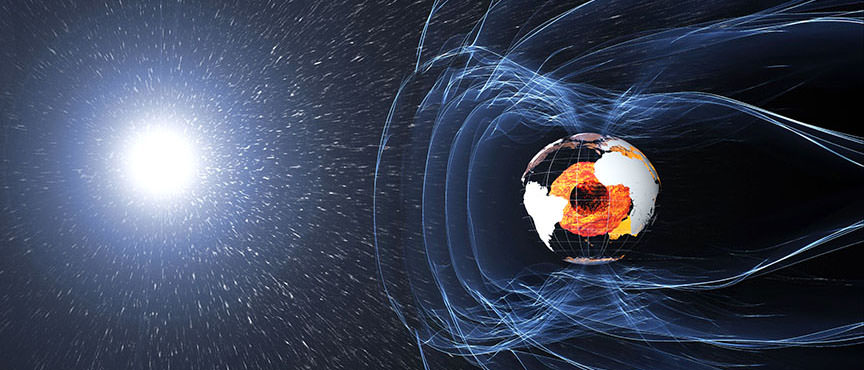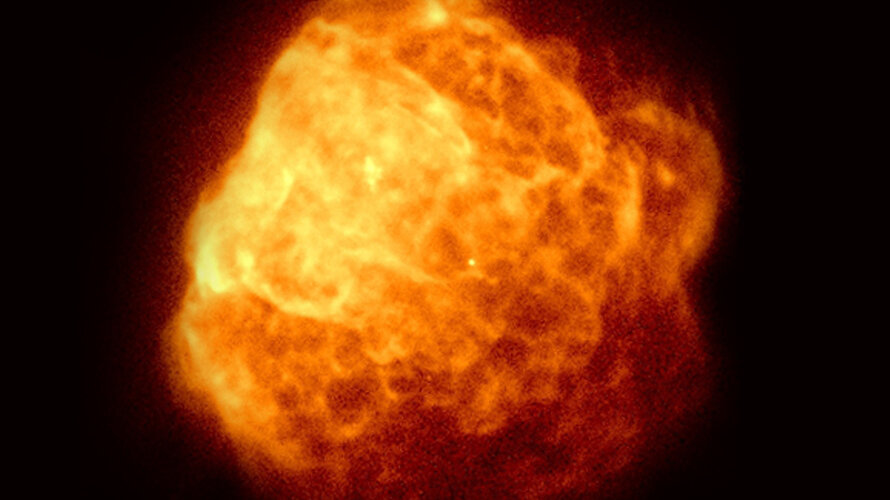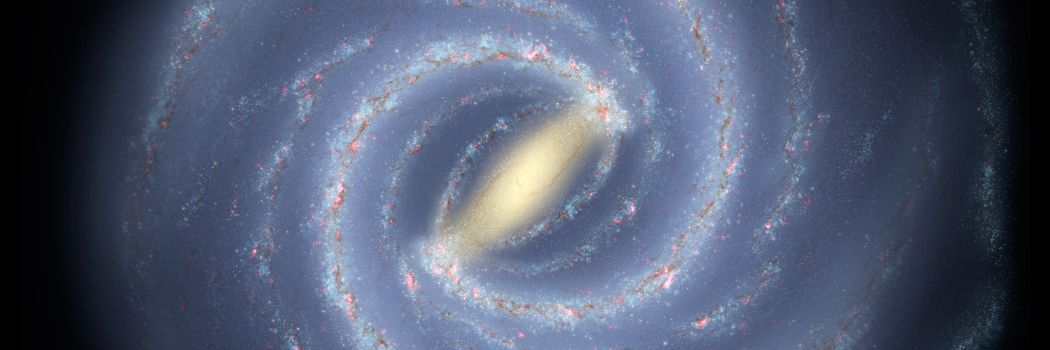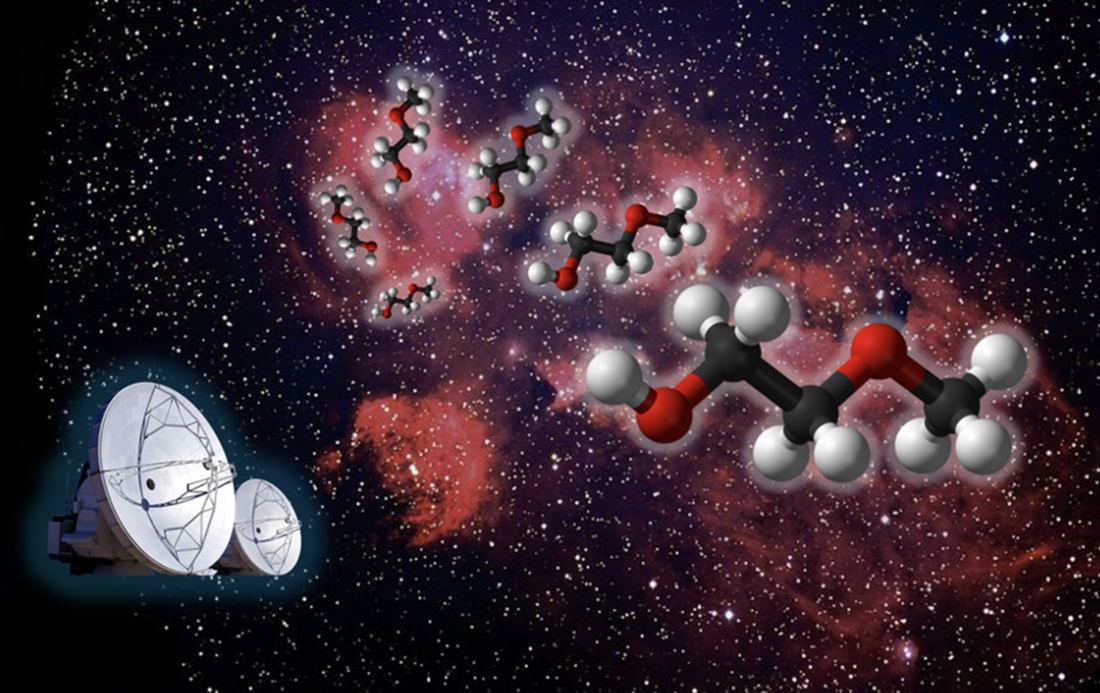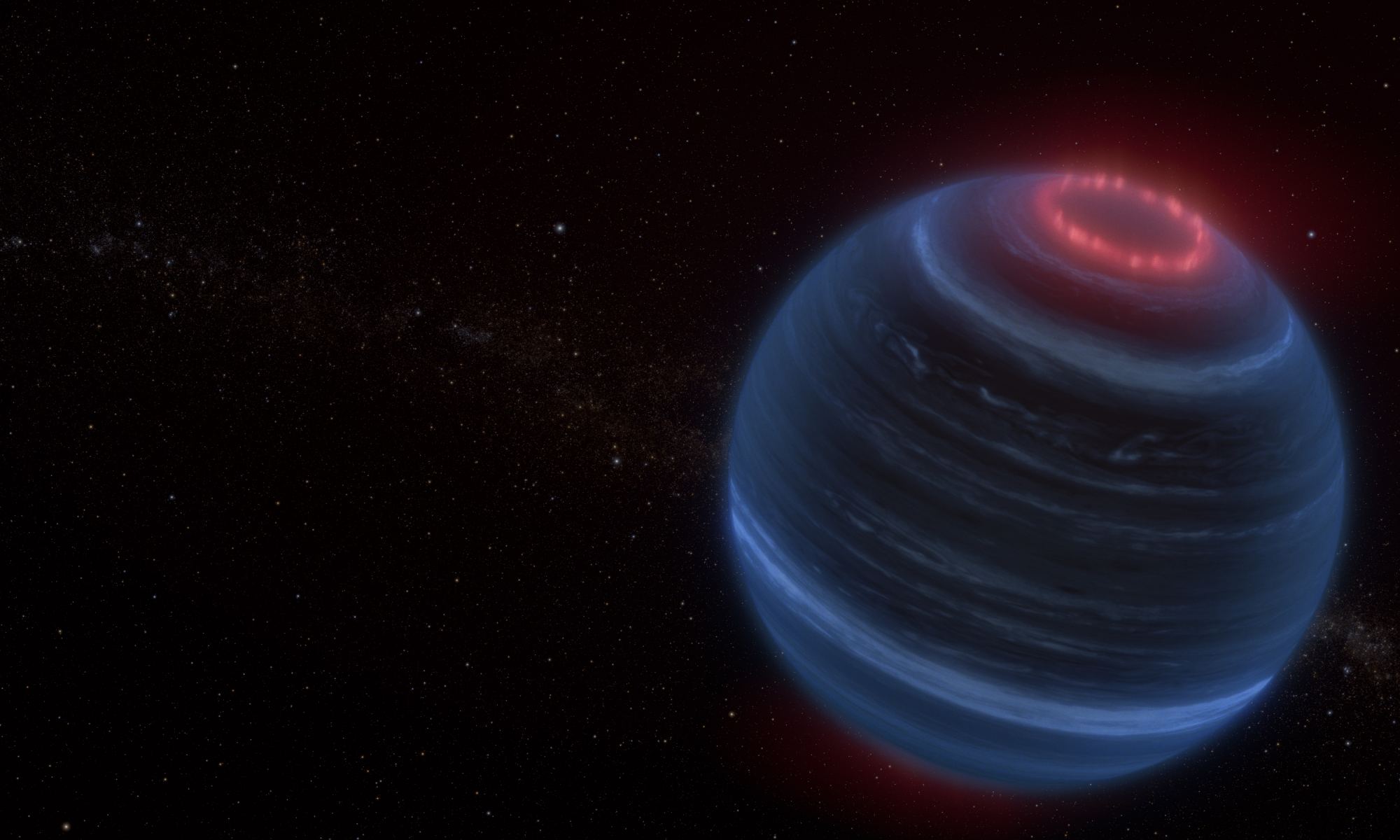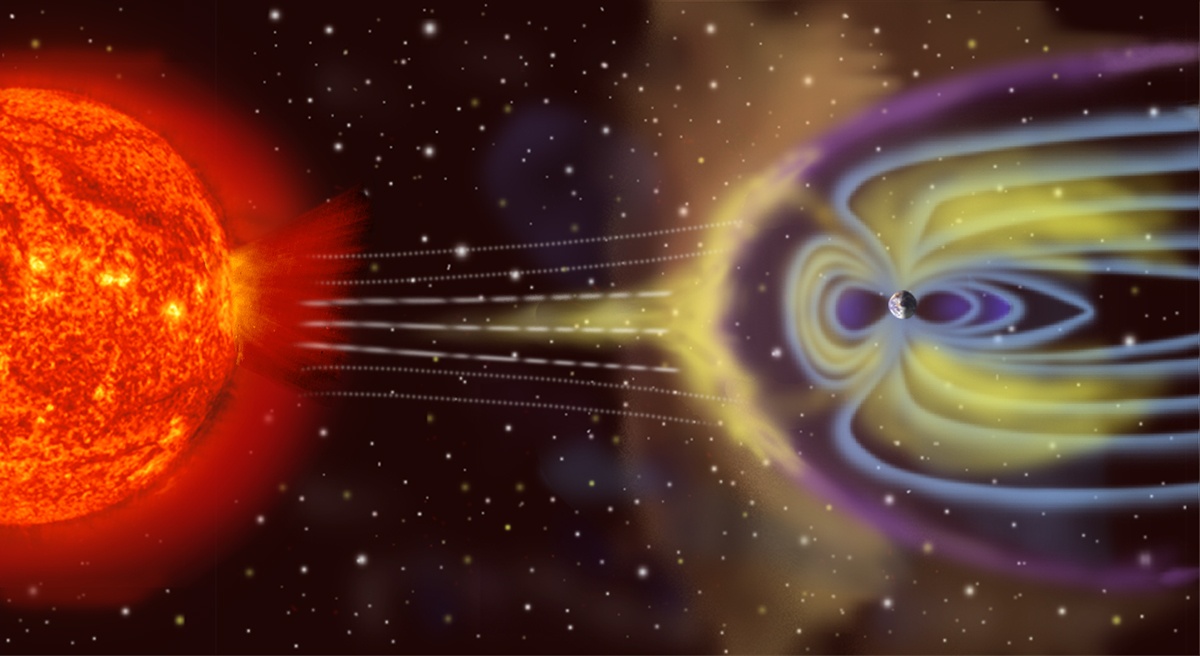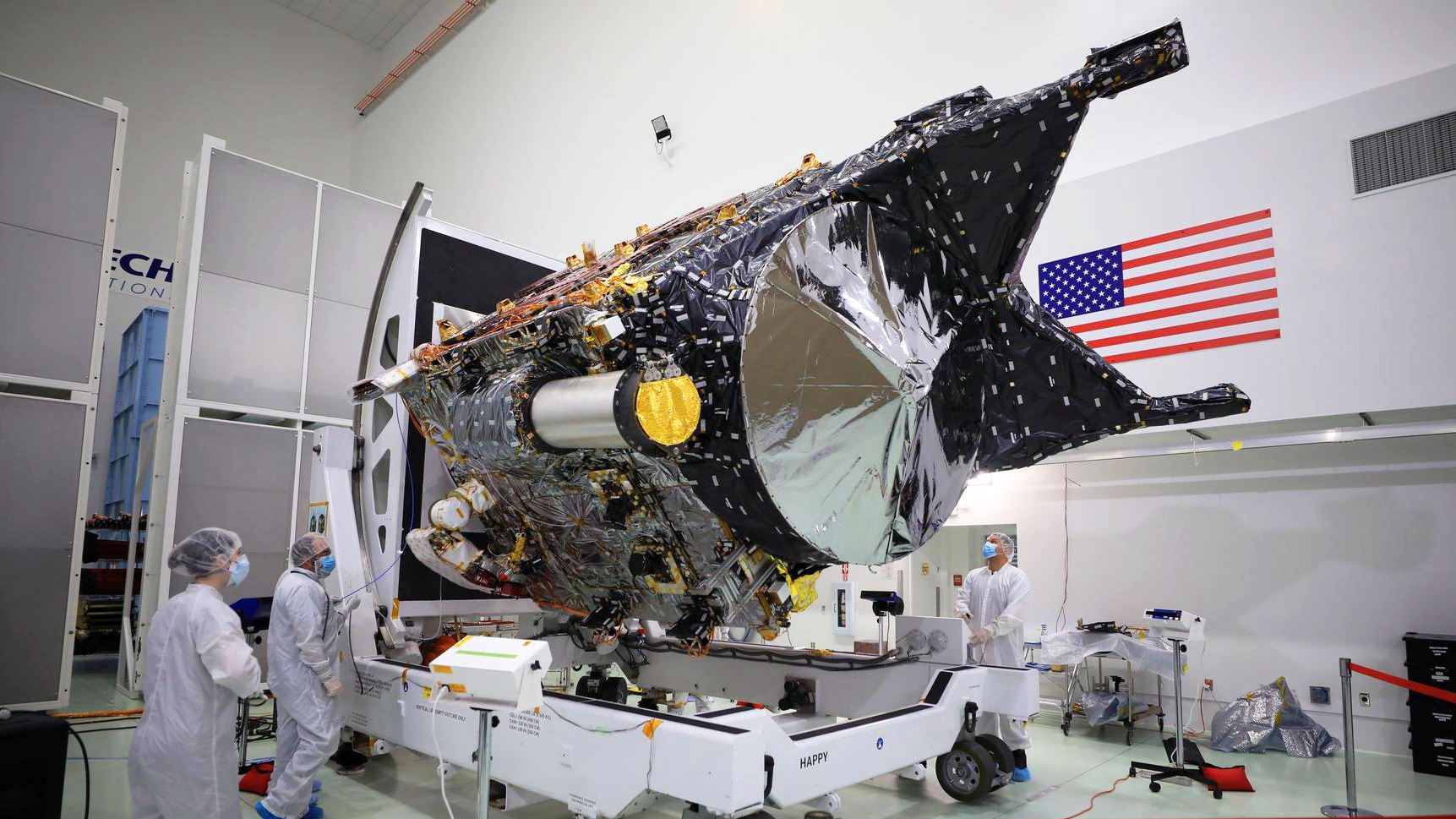We go about our daily lives sheltered under an invisible magnetic field generated deep inside Earth. It forms the magnetosphere, a region dominated by the magnetic field. Without that planetary protection shield, we’d experience harmful cosmic radiation and charged particles from the Sun.
Continue reading “Earth Had a Magnetosphere 3.7 Billion Years Ago”Earth Had a Magnetosphere 3.7 Billion Years Ago
